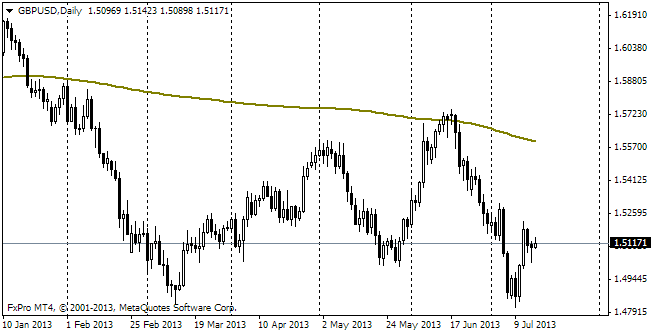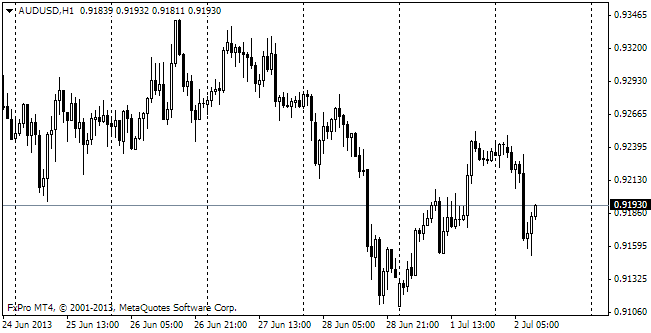EUR/USD
It is quite often the case in the financial markets when bad means good. That's what we saw on Friday when poor payrolls aroused optimism in the stock markets and increased demand for risk in the neighbour markets. Yet, under such circumstances it makes sense to believe that such optimism will be short-term, but it is still doubtful as now we have information that the situation with the US economic growth is not as good as presumed by optimists. Friday's employment statistics showed that the number of jobs had grown by 169K against the expected 178K.Yes, the difference is not very big, but here we should add the downward revision of the data for the previous two months – 74K were deducted from the preceding rates. It was once mentioned in the Fed that it was important for them that the average semiannual jobs growth exceed 200K. The rates met this criteria while the impressive employment growth of February (334K) was included in the calculation, now it is no longer counted and we see that since March there hasn't been even a single month with the rate exceeding 200K, to say nothing about the average semiannual rate. Commentators also note absence of employment growth among the youth and decline in the part-time employment. The decrease in the active workforce share can also be added here. Americans that have stayed unemployed for long simply lose hope that they will eventually find a job. Spurred by the release of the US employment statistics the American dollar depreciated all across the board on Friday. eurusd rose by 80 pips to 1.3180 and is still there now. Stock exchanges fluctuated much, first going on the rise and then sharply on the decline, but finally found buyers and closed the day with some gains. Anyway, some of the Fed's members still advocate curtailment of the programme in the near future. Esther George was one of them – on Friday she again repeated that reduction of the bond-buying programme could be started already now and done with next year.

GBP/USD
The sterling remains a favourite among other popular EU currencies, being far ahead the euro and franc in its performance. Daily charts have been showing an uptrend since the beginning of the month, with ascending highs day after day. And it is despite the fact that on Friday there were few reasons for that. Production didn't show any growth in July (do you remember that PMI for that month was excellent?) Trade balance also failed to maintain the deficit at 8.2bln and extended to 9.85bln, which is one of the worst rates in history. All this hardly resembles rebalancing.

USD/JPY
Japan will host 2020 Olympics. This news has aroused optimism in the markets (read: stocks grew, the yen fell) as traders are staking on growth of consumer confidence and solid investments into infrastructure. Final PMI has proved to be a bit worse than the earlier estimate, but it hasn't overshadowed the markets' optimism. The pair is again at 99.60.

AUD/USD
Australia keeps showing improvement due to the cut in the interest rates. The number of home loans grew by 2.4% in July. All through the year this indicator has been demonstrating growth. It doesn't let the aussie fall, taking it back to testing of 0.9200.
